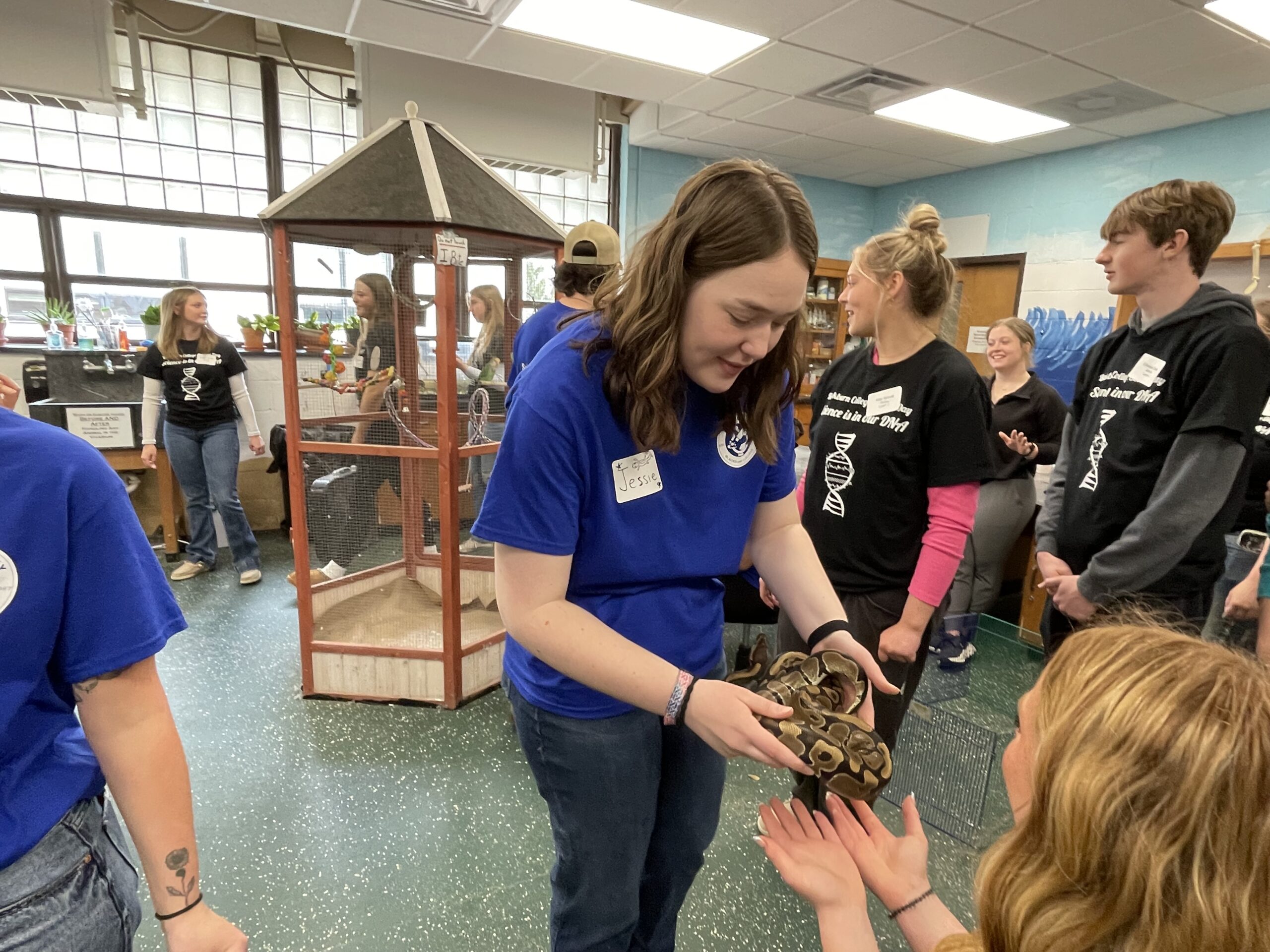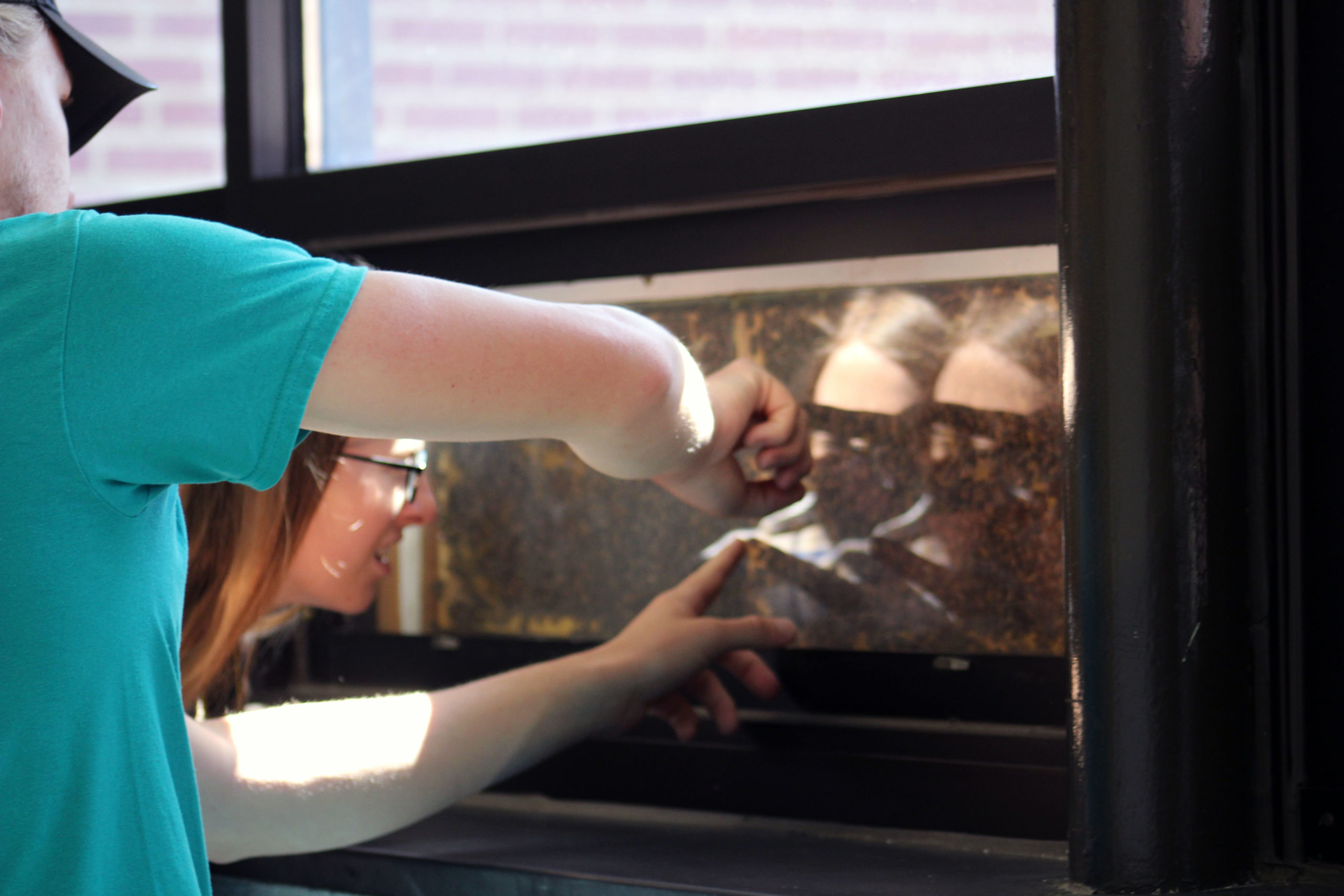
Marvin & Ingrid Mahan Laboratory Wing
The Marvin and Ingrid Mahan Science Laboratory Wing is a state-of-the-art, 28,000-square-foot facility with seven teaching laboratories for biology, chemistry, and biochemistry and a water analysis lab. Off the spacious lobby are science faculty offices with a large outer office area for those students who serve as faculty assistants in the Work Program. The Mahan Wing is one of central Illinois’s first LEED (Leadership in Energy and Environmental Design) rated buildings.

F.W. Olin Science Building & Alumni Hall
Olin Science Building offer laboratories, animal rooms, and greenhouses. Olin also includes a large vivarium, two modern lecture halls, a herbarium, assigned research rooms, and math and science teaching laboratories.

Rock's Patch
40 acres of farmland located east of the College’s campus, donated to Blackburn by local educator John D. “Rock” Rossetti. Known in the community of Carlinville as Rock’s Patch, the land enhances fieldwork and research opportunities for Biology students.

Campus Bee Hives
Blackburn’s Bee Program supports more than half a million pollinators on campus. While the group maintains several Langstroth Hives around campus and at a nearby private nature preserve, one of its most unique oferings, the Observation Hive, was designed and built by students. Located in Olin Science Building, the hive offers a behind-the-glass view into the life of a bee colony.